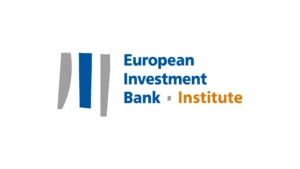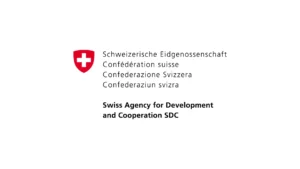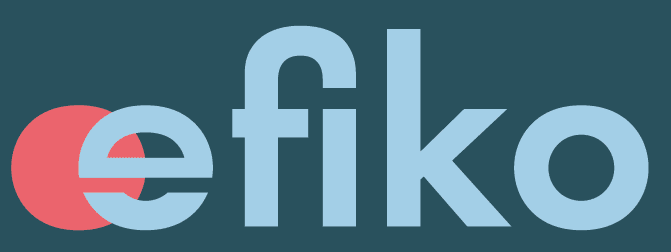What is stakeholder engagement?
Stakeholder engagement refers to the practice of identifying and involving stakeholders in consultation throughout a project. This ensures that the value and the method of measurement is informed by those affected by, or who affect, the activity (1). Consensus keeps growing internationally, including mandated requirements, to be accountable to stakeholders and not just shareholders. Proper engagement must go beyond traditional forms of one-time feedback, to more multi-directional, communication strategies in order to develop trust between stakeholders.
For further insights, watch our webinar about this very topic here.
Key benefits of stakeholder engagement
An organisation revolves around relationships. While stakeholder engagement is beneficial for creating improved relations, it’s benefits go far beyond. Here is why in any impact measurement effort a process should be put in place to involve the relevant stakeholders:
1. Understanding the value of effects
Engaging with and involving stakeholders is essential to gain insights into the perspectives of people and the environment in which they operate, to ultimately better understand the value of your effects.
2. Mitigating risks
Improved stakeholder engagement allows for greater collaboration and communication which allows stakeholders to highlight or yourself to discover potential risks. This aids in employing preventative measures to mitigate risks such as execution or evidence risks.
3. Segmenting stakeholders

Communicating and engaging with stakeholders allows for more diversified opinions and perspectives. Thus, stakeholder engagement aids in defining and segmenting the market in order to refine products and services by tailoring to the specific needs and wants of different service beneficiaries.
4. Including unintended effects
Having a concise stakeholder engagement plan allows for a birds eye view of affected stakeholders. It can happen that stakeholders who originally weren’t accounted for, might be affected or that unintended effects occur. Accounting for these effects might ultimately improve the probability of creating net positive outcomes.
5. Making better decisions
Engaging with stakeholders gives a greater understanding of needs as well as experiences. Accounting for the views and experiences of people aids in developing better solutions, opting for the most impactful projects and hence allocating scarce resources effectively.
Four steps towards effective engagement
1. Stakeholder identification
The first and most important step is to pin down both internal and external stakeholders. Internal stakeholders are those part of the organisation or team. External stakeholders include service beneficiaries, family members or even public parties. Once identified, it is essential to understand the landscape in which they operate. This means defining their roles and responsibilities related to the project.
2. Setting up a stakeholder engagement plan
Once the stakeholders have been identified and their roles in the project have been established, the engagement plan can be put together. The primary purpose of the stakeholder engagement plan is to ensure continuous and effective communication. The plan should include information on the frequency of communication, minimum thresholds (i.e. the number of people to be engaged with in each segment) and how to engage (e.g. focus groups, questionnaires, interviews). Appropriate verification from decision makers and external assurance allows you to get challenged and confidently implement your plan. The Social Impact Measurement & Management training developed by Social Value International provides explanations and practical examples on how to create and implement a powerful stakeholder engagement plan.
3. Continuous stakeholder interaction
Once the stakeholder engagement plan has been established, it is important to use this plan for relationship building. It is more likely to gain the trust of stakeholders if communication is consistent, transparent and inclusive.

Creating clear communication channels and an open space where stakeholders can voice their opinions is vital for success. Specifically those hard to reach populations —due to factors like gender, race, culture, language, age, or disability just to name a few— are often left out. Read more about “How to Listen to Marginalised Voices” in this article.
4. Reporting back to stakeholders
While engaging with various stakeholder groups it is essential to keep track of the commitments made to them and regularly communicate progress made against the commitments. Stakeholders want to know whether their suggestions are taken into account, what mitigation measures will be put in place and how the outcomes are being monitored. It is a good practice to make monitoring results and material changes also publicly available, so that not only the stakeholders who are directly involved are up to date, but also other interested parties (2).

Impact Measurement: Applying the Principles of Social Value and SROI









Wel